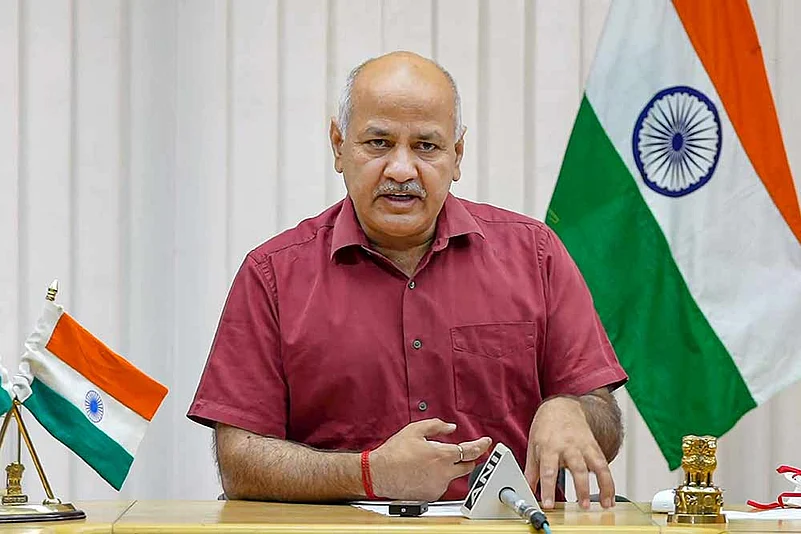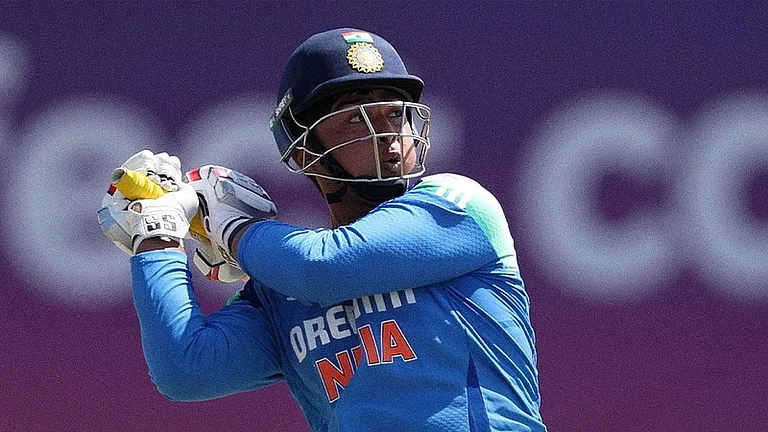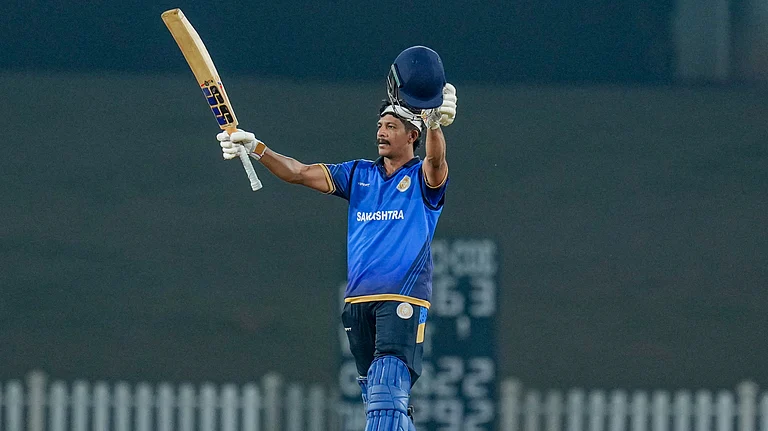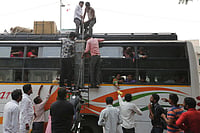Delhi Deputy Chief Minister Manish Sisodia on Wednesday said that if the Centre will allow the Delhi government to constitute a panel, all deaths allegedly caused by lack of oxygen during the second wave of COVID-19 in the city will be investigated.
"The government shamelessly told white lies in Parliament. There was utter chaos due to oxygen shortage after April 15 till May 5 and there is no big deal that people would die due to oxygen shortage," he said.
He also accused the Centre of attempting to "cover its error," alleging that its "mismanagement" and change in oxygen distribution policy after April 13 resulted in a "catastrophe" as a result of a shortage of the life-saving gas in hospitals across the country.
Sisodia accused the BJP-led Centre of not permitting the creation of a committee to investigate deaths caused by an oxygen scarcity during the second wave of COVID-19 in Delhi in an online briefing.
The Aam Aadmi Party (AAP) leader said the Kejriwal government, by taking responsibility, tried to form a committee to audit all the deaths that happened reportedly due to oxygen shortage but the Centre prevented it through the LG.
He claimed that the Centre did not allow the formation of the committee "fearing its mismanagement will be exposed".
The Kejriwal government is still ready for an independent audit of each death due to oxygen shortage if the Centre allows it to form the committee, he added.
The central government on Tuesday informed the Rajya Sabha that no deaths due to lack of oxygen were specifically reported by states and UTs during the second COVID-19 wave.
But there was an unprecedented surge in demand for medical oxygen during the second wave and it peaked at nearly 9,000 MT compared to 3,095 MT in the first wave following which the Centre had to step in to facilitate equitable distribution among the states, it said.


























